When it comes to slow jigging, choosing the right water body is crucial for a successful fishing experience. Different water bodies offer unique challenges and opportunities for anglers. So, how do you choose the best water body for slow jigging? Let's dive in and explore the factors to consider.
Water Temperature
Water temperature plays a significant role in the behavior of fish. Different species of fish have specific temperature preferences, so it's essential to choose a water body with the right temperature range for your target species. Cold-water species like trout prefer cooler temperatures, while warm-water species like bass thrive in warmer waters.
Depth and Structure
The depth and structure of a water body can greatly impact your slow jigging success. Look for water bodies with varying depths and underwater structures like rocks, reefs, and drop-offs. These features provide hiding spots for fish and increase your chances of a successful catch.
Water Clarity
Water clarity can affect the visibility of your jig and the fish's ability to spot it. In clear water bodies, a more natural-looking jig presentation is essential to avoid spooking the fish. On the other hand, in murky waters, brighter-colored jigs or those with added scent can attract fish more effectively.
Current and Tides
Understanding the current and tides of a water body is crucial for slow jigging. Fish often position themselves strategically to take advantage of the current to conserve energy and ambush prey. Choose water bodies with consistent currents or tidal movements to increase your chances of a successful jigging session.
Accessibility and Regulations
Before choosing a water body for slow jigging, consider its accessibility and any regulations that may apply. Make sure you have the necessary permits and follow all fishing regulations in the area. Additionally, choose water bodies that are easily accessible to ensure a smooth and enjoyable fishing experience.
By considering these factors, you can choose the best water body for slow jigging and increase your chances of a successful fishing trip. Remember to research the specific characteristics of the water body and adapt your jigging techniques accordingly. Happy fishing!





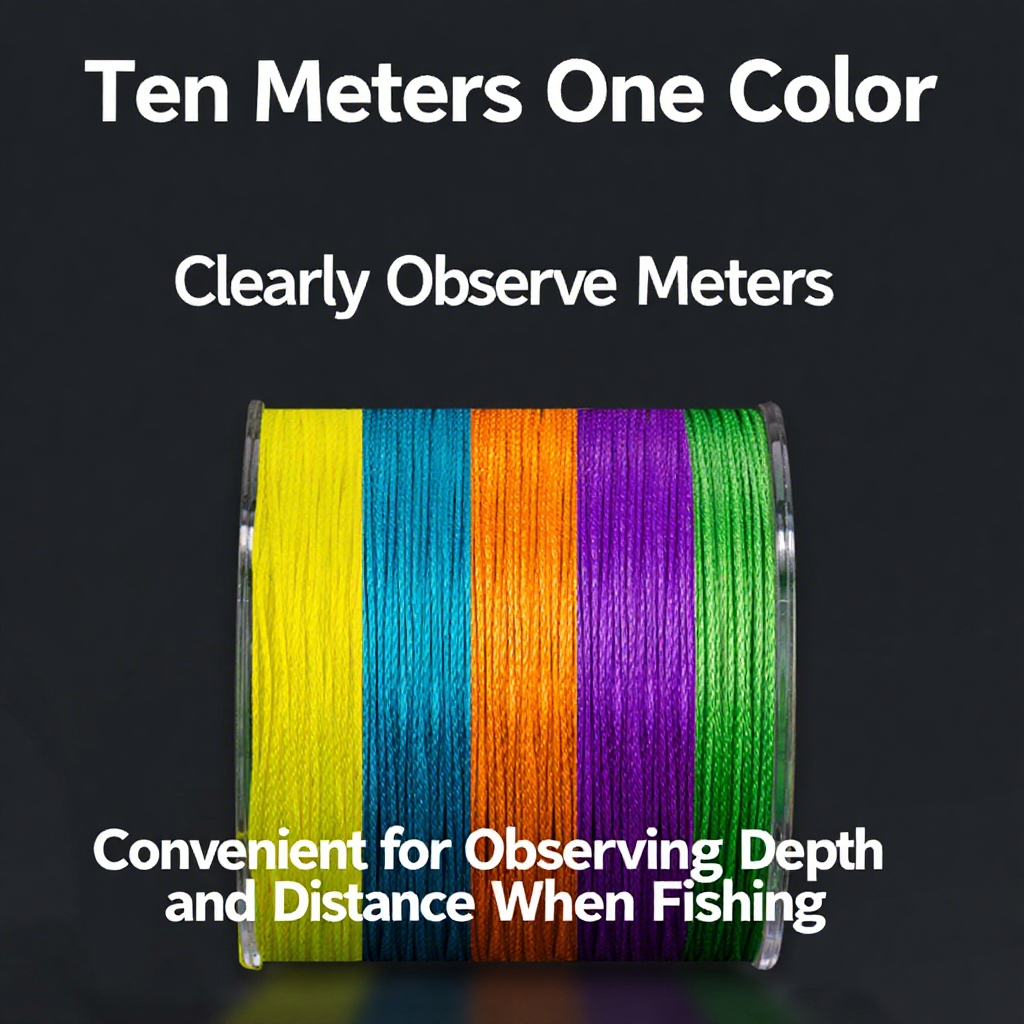
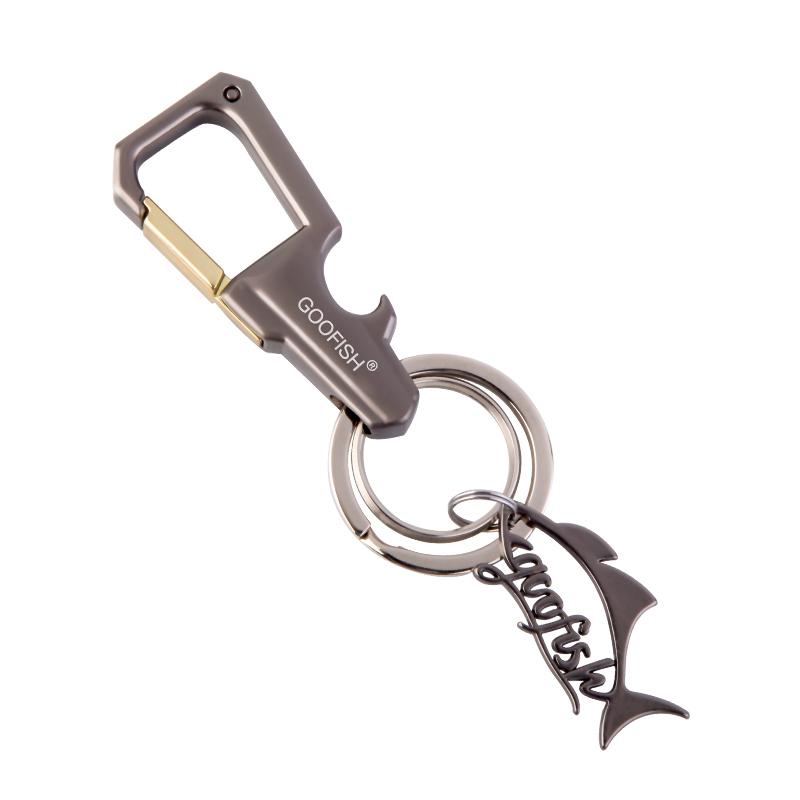
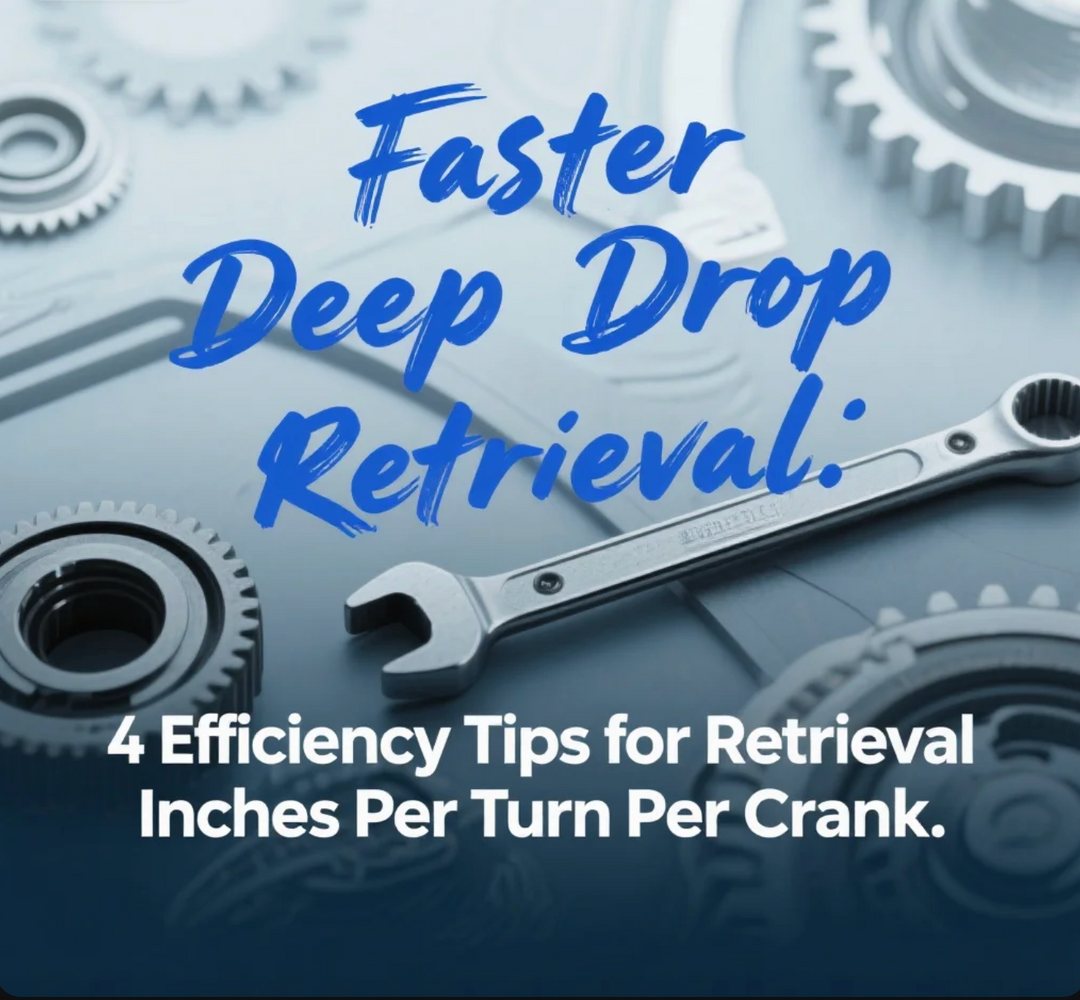
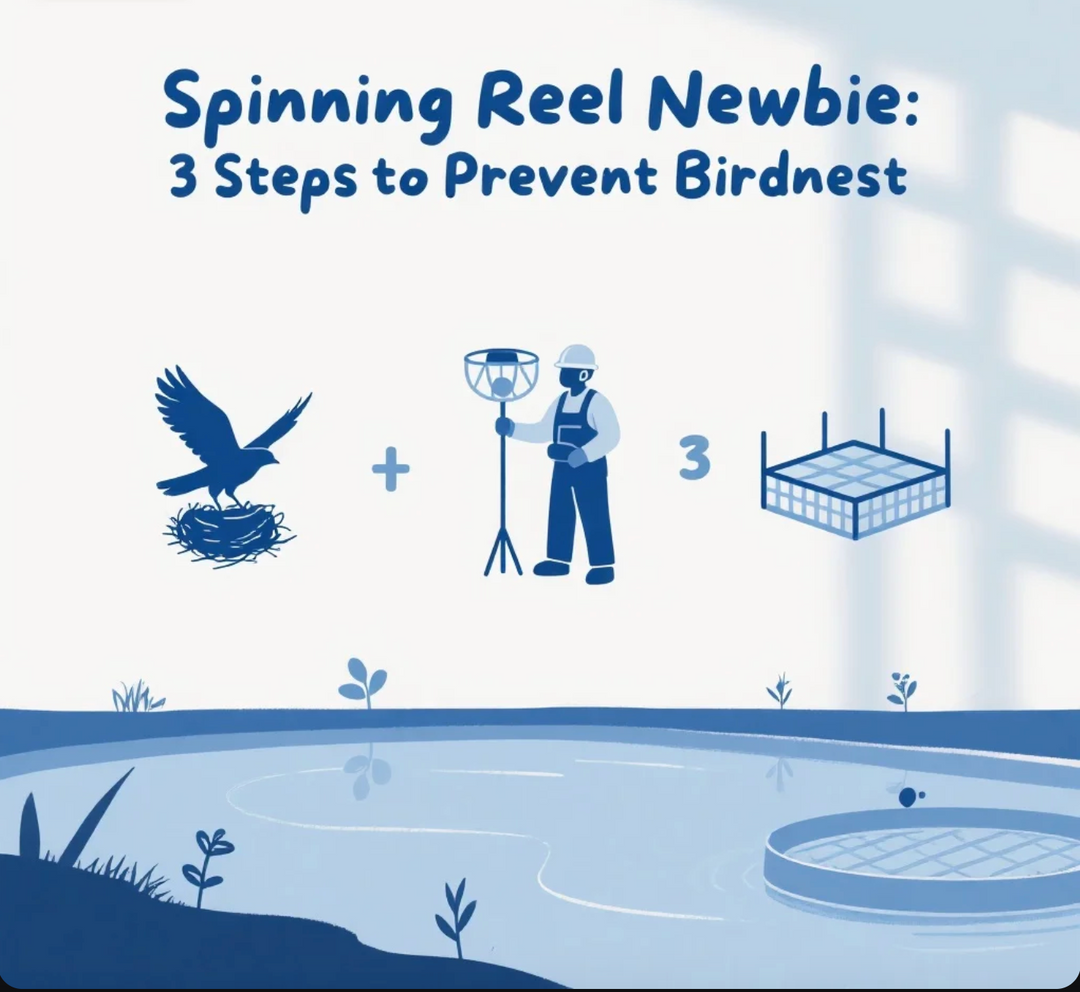

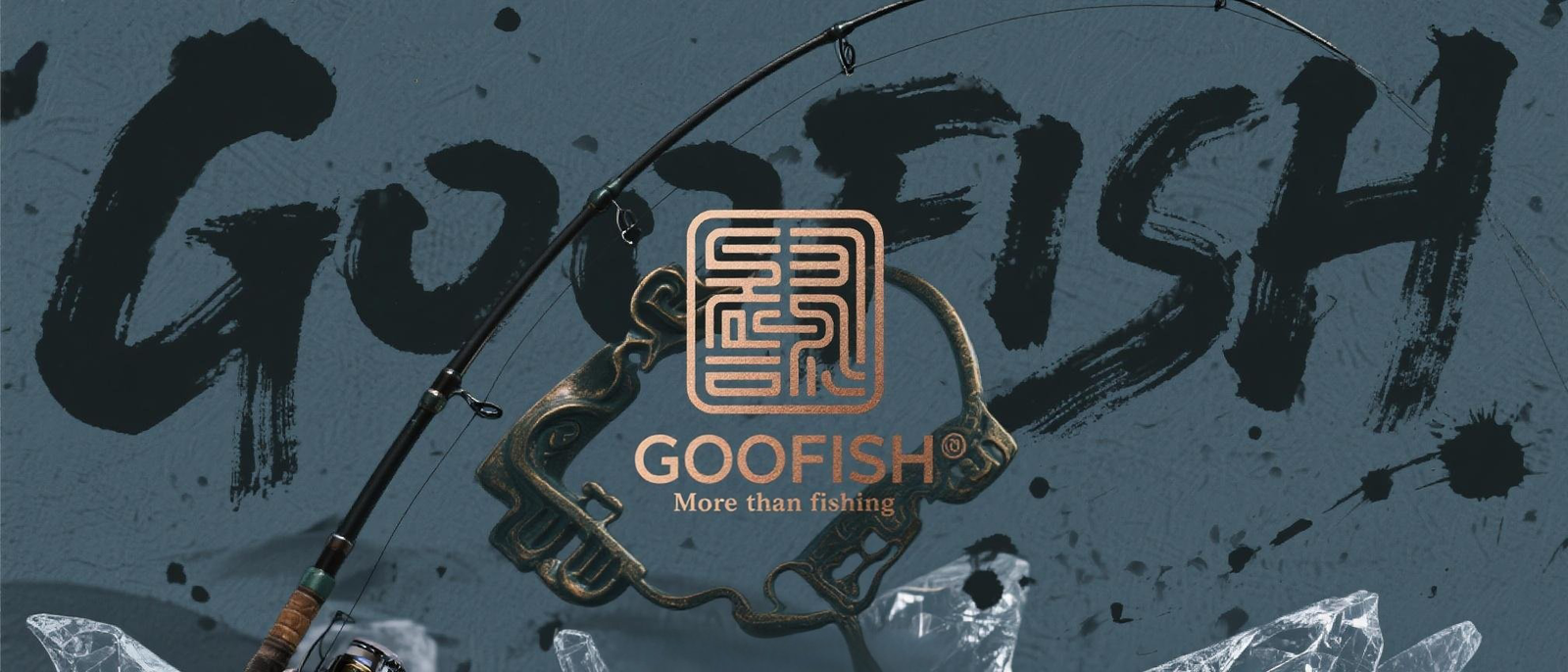
Leave a comment